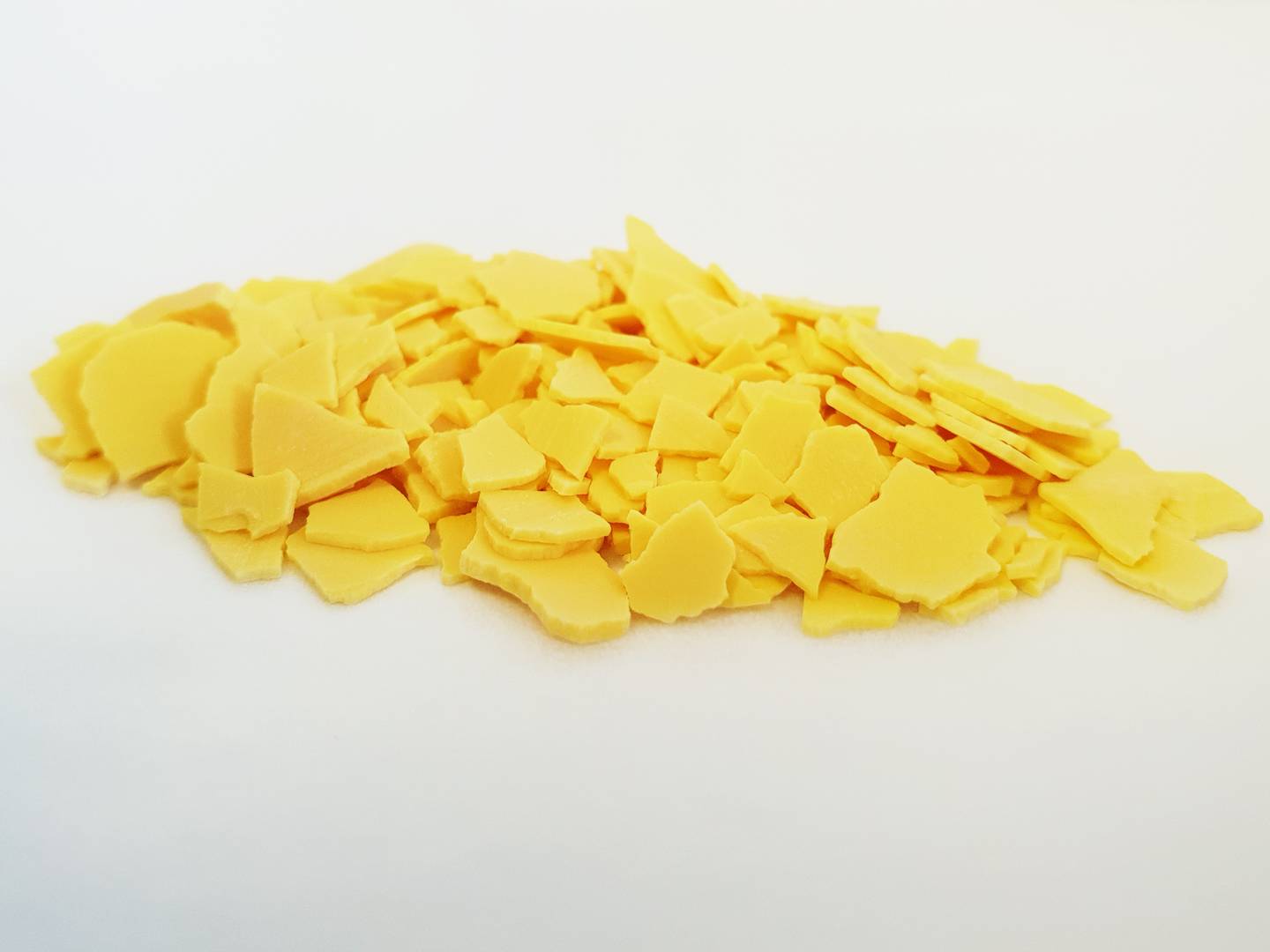
Scientists at Osaka Metropolitan University have proposed an innovative method of producing solid electrolytes from sulphured glass with a high concentration of alkali, which provides the highest conductivity of sodium ions, the university’s press service reported on the 11th. of April.
High electrolyte characteristics are achieved by heat treatment of the starting material at atmospheric pressure and gradual cooling. The technology developed will allow the industrial production of sodium electrolytes in solid state.
The transition to cleaner energy production requires efficient batteries to store that energy. Although lithium-ion batteries are currently the most widely used, solid-state sodium batteries are attracting more and more attention, since sodium is much more abundant in nature than lithium, the developers note.
Replacing lithium with sodium should make batteries less expensive. At the same time, solid-state batteries are considered safer, but problems in their manufacturing make mass production difficult.
Osaka Metropolitan University Associate Professor Atsushi Sakuda and Professor Akitoshi Hayashi of the university’s Graduate School of Engineering led a research team to develop a process that could lead to the mass synthesis of sulfides containing sodium.
Using sodium polysulfides (Na₂Sxwhere practical use) and a glass. Electrolyte with high resistance to recovery.
The mass synthesis of such electrolytes with high conductivity and formability is key to the practical use of all-solid sodium batteries.
“This newly developed process can be used to produce almost all sodium sulfide materials, including solid electrolytes and active electrode materials.said Professor Sakuda. — “In addition, compared to traditional methods, this process facilitates obtaining materials with higher performance, so we believe it will become the main process for the future development of materials for all-solid-state sodium batteries.”.
The results of the study of the new technology were published in an article in the journal Energy Storage Materials “Use of N₂2S polysulfide reactive flowx for the synthesis of solid sulfide electrolytes for all-solid sodium batteries” and in the Inorganic Chemistry journal article “Sodium hydroxyborosilicate glass with high sodium concentration, synthesized by the atmospheric pressure method using sodium polysulfides.”
Source: Rossa Primavera
I am Michael Melvin, an experienced news writer with a passion for uncovering stories and bringing them to the public. I have been working in the news industry for over five years now, and my work has been published on multiple websites. As an author at 24 News Reporters, I cover world section of current events stories that are both informative and captivating to read.
